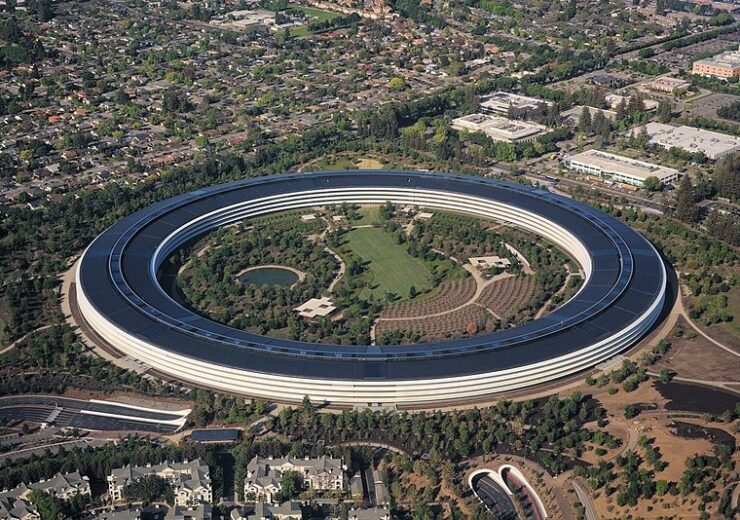Established in 2016, WaveOne is engaged in developing the next generation of digital media compression by making use of the latest advancements made in machine learning and deep learning

US-based start-up WaveOne acquired by Apple. (Credit: Daniel L. Lu (user:dllu)/Wikipedia.org)
Apple has reportedly snapped up WaveOne, a US-based startup which develops algorithms for compressing video by leveraging artificial intelligence (AI).
According to various reports, the transaction has not been confirmed by the tech major. However, WaveOne’s ex-sales vice president Bob Stankosh confirmed the acquisition through a LinkedIn post published in February 2023.
The financial terms of the deal are not known.
Stankosh stated: “After almost 2 years at WaveOne, last week we finalised the sale of the company to Apple. We started our journey at WaveOne, realising that machine learning/deep learning video technology could potentially change the world. Apple saw this potential and took the opportunity to add it to their technology portfolio.
“I want to thank my co-founders, Lubomir Bourdev and Oren Rippel as well as Craig Lytle for helping to bring the idea to market and advancing this concept for commercial applications.”
Established in 2016, WaveOne is engaged in developing the next generation of digital media compression by utilising the latest advancements made in machine learning and deep learning.
The firm develops custom-tailored and context-dependent solutions.
In January this year, WaveOne’s website was taken down and some former staff members including one of the firm’s co-founders are now employed by other machine learning groups at Apple, reported TechCrunch.
The online newspaper stated that the company’s significant creation was a content-aware video compression and decompression algorithm which can operate on the AI accelerators built into various phones and a growing number of PCs.
By utilising AI-powered scene and object detection, the technology could basically interpret a video frame enabling it to, for instance, prioritise faces at the expense of other elements within a scene for saving bandwidth, said TechCrunch.


